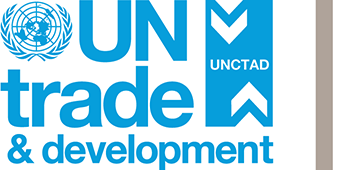García Meza Azanca Alhelí vs. Peru's Health Ministry, Peru, 2003
The Constitutional Court ordered the inclusion of the appellant in the group of patients who will receive comprehensive medical treatment against HIV/AIDS by the Ministry of Health, which includes the provision of medicines and relevant analysis, as required by the treating physicians and hospital. The State of Peru is encouraged to view the costs of the provision of medical treatment not as expenditure but as a priority investment. The hospital is obliged to report back to the court every six months.
